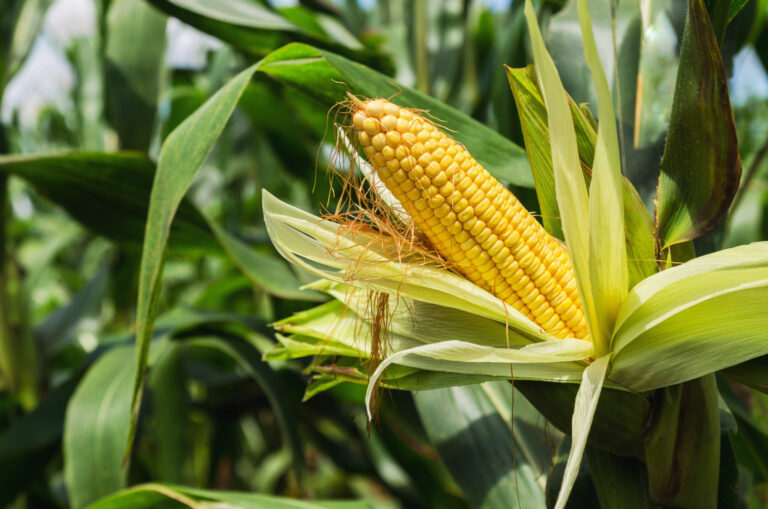LEAP® Biological Insecticide, Bacterial Disease Management
LEAP® Biological Insecticide, Bacterial Disease Management is the only alternative to copper-based products that provides two-way protection. Containing both Bacillus thuringiensis subsp. kurstaki (Btk) strain ABTS-351 and methyl salicylate, it suppresses bacterial plant diseases and controls caterpillar pests that create disease points of entry.
- Triggers plant defenses to minimize effects from bacterial disease
- Bactericide that won’t cause yield drag
- Acts fast; larvae stop feeding within minutes
- Exempt from residue tolerance with a 0-day pre-harvest interval (PHI), allowing fruit to be harvested within hours of application
- Effective resistance management, having never developed cross-resistance with any other insecticide
Trigger whole-plant immunity
LEAP contains methyl salicylate (MeSA), a powerful plant extract that elicits a plant’s natural defense systems against pathogen infections. The properties of MeSA result in the production of pathogenesis-related (PR) proteins that help the plant defend itself against pathogen invasion.
Fast-acting insect relief
LEAP contains the same strain of Btk found in DiPel® Biological Insecticide, the most used Bt insecticide product in the world. Minutes after consuming LEAP, insects stop feeding and ultimately die, helping to lessen the disease incidence caused by recurring feeding.
Protection without yield loss
LEAP effectively manages bacterial diseases without causing yield drag. Some products that induce plant defenses will reduce yield if used continuously but including LEAP in rotation ensures season-long protection without negative side effects.
Key Crops
Cabbage
Corn
Peppers
Tomatoes
Resources
Learn more about LEAP
Always use and follow label instructions.
Caterpillars
- Acrobasis vaccinii (Cranberry Fruitworm)
- Anticarsia gemmatalis (Velvetbean Caterpillar)
- Argyrotaenia citrana (Orange Tortrix)
- Choristoneura rosaceana (Obliquebanded Leafroller)
- Diaphania hyalinata (Melonworm)
- Diatraea crambidoides (Southern Cornstalk Borer)
- Diatraea saccharalis (Sugarcane Borer)
- Ennomos subsignaria (Spanworm)
- Ephestia elutella (Tobacco Moth)
- Erinnyis ello (Ello Moth (Hornworm))
- Estigmene acrea (Saltmarsh Caterpillar)
- Eumorpha achemon (Achema Sphinx Moth (Hornworm))
- Evergestis rimosalis (Cross-striped Cabbageworm)
- Grapholita packardi (Cherry Fruitworm)
- Harrisina americana (Grapeleaf Skeletonizer (ground only))
- Helicoverpa zea (Corn Earworm, Cotton Bollworm, Tomato Fruitworm)
- Helicoverpa zea (Cotton Bollworm)
- Heliothis virescens (Tobacco Budworm)
- Heliothis virescens (Tobacco Budworm)
- Lymantria dispar (Gypsy Moth)
- Manduca sexta (Tobacco Hornworm)
- Manduca spp. (Hornworm)
- Paralobesia viteana (Grape Berry Moth)
- Peridroma saucia (Variegated Cutworm)
- Pieris rapae (Imported Cabbageworm)
- Plathypena scabra (Green Cloverworm)
- Platynota stultana (Grape Leafroller)
- Playnota stultana (Omnivorous Leafroller)
- Plutella xylostella (Diamondback Moth)
- Pseudoplusia includens (Soybean Looper)
- Spodoptera spp., e.g. exigua, frugiperda, littoralis, Pseudaletia unipuncta (Armyworm)
- Various Lasiocampidae (Tent Caterpillar)
- Various Lepidoptera (Rindworm Complex)
- “Various Noctuid species, e.g.
- Agrotis ipsilon (Cutworm)”
- Various Noctuidae, e.g. Trichoplusia ni (Looper)
Diseases
- Goss’s Wilt (Clavibacter michanensis subsp. Nebraskensis)
- Pseudomonas spp.
- Xanthomonas spp.





